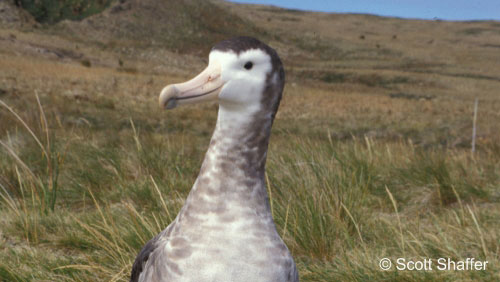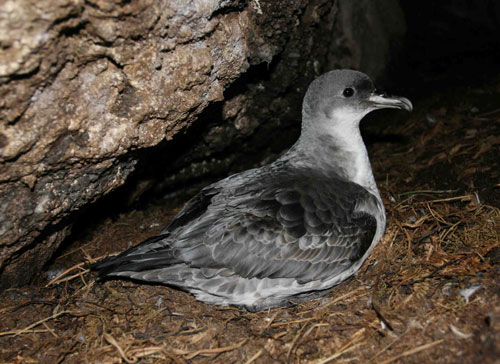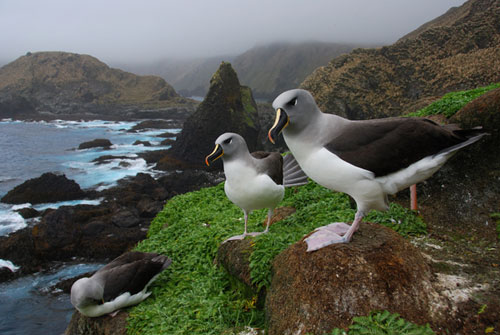There are two breeding colonies of Hutton's Shearwaters Puffinus huttoni high up in the Seaward Kaikoura Range, 20 km inland from the coastal town of Kaikoura in New Zealand's South Island and several thousand metres above sea level.
Following the 7.8-magnitude earthquake centred on Kaikoura on the night of 13/14 November it is reported that the Department of Conservation has flown over these two mountain colonies by helicopter (click here for the whole story on Kaikoura’s wildlife).
The largest colony, Kowhai River, is home to about 100 000 pairs of birds, breeding in burrows amongst tussocks. Enormous rock slides have filled the valley to an estimated depth of 70-80 m in places, with perhaps 20% of the burrows destroyed.
The second smaller colony at Shearwater Stream is situated on steep and unstable slopes, and may have lost 30% of its burrows to the ‘quake. The timing of the earthquake coincided with egg laying when both parents may have been present.
It is thought it will be many weeks before anyone can safely get into either colony on foot to assess the real extent of the damage, and to discover how many birds may have survived.

Hutton's Shearwater at sea

“A small glimmer of hope lies down on Kaikoura Peninsula (see map). Over the last few years, the Hutton's Shearwater Charitable Trust has built a predator-proof fence and translocated chicks there to be the basis of a new insurance population. Growing numbers of birds are settling and breeding there, and this year there are 16 eggs being incubated. The numbers are still small, but who knows, maybe one day Hutton's shearwaters will breed right across the peninsula, as they probably did in days gone past.”
Read more on Hutton’s Shearwaters here.
John Cooper, ACAP Information Officer, 09 December 2016

 English
English  Français
Français  Español
Español 


